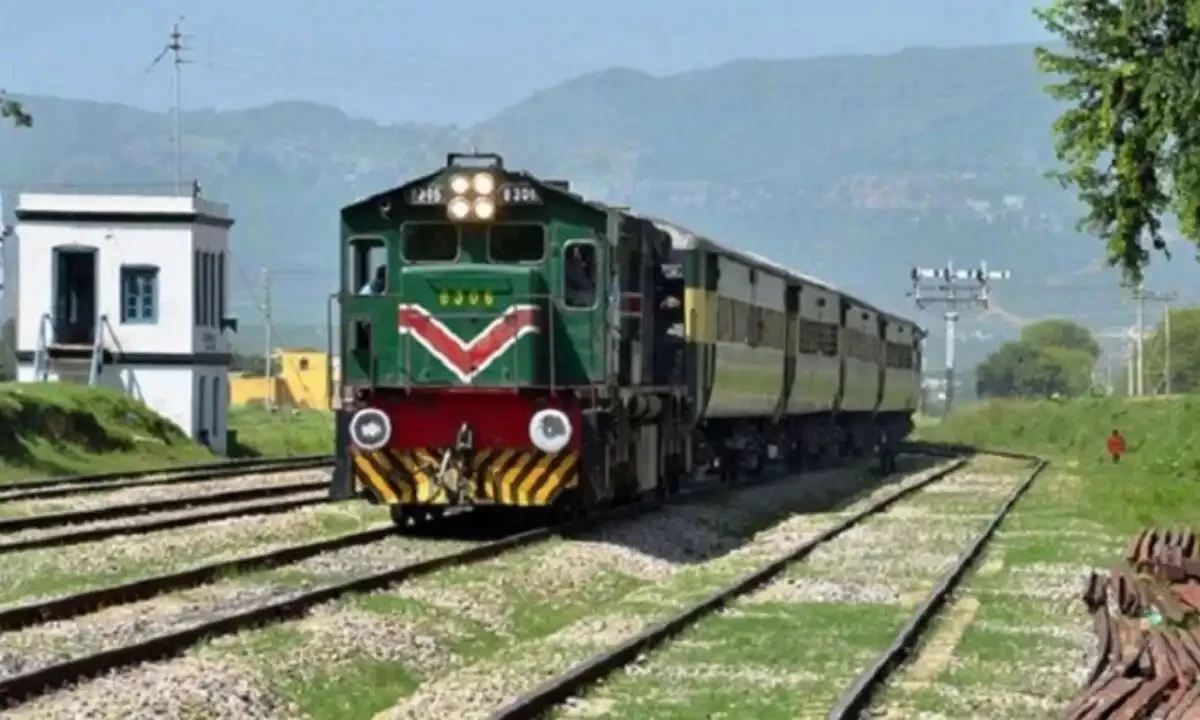Pakistan’s Punjab provincial government has announced a grand $10 billion high-speed train project connecting Lahore and Islamabad. Although the project intends to demonstrate technological progress and enhanced connectivity, others have labeled it a “vanity project” that ignores the nation’s underlying socioeconomic realities.
Supporters claim that the bullet train, which will compete with international bullet train networks, would reduce travel time to less than two hours, increase tourism, and place Pakistan on the map of contemporary infrastructure. However, economists and analysts warn against the project at this stage, particularly in the backdrop of national debt, inflation, and underfinanced healthcare and educational systems.
Critics also challenge the choice of the Lahore-Islamabad corridor—a road already served by efficient road and rail connections—contending the investment could be more usefully directed to rural infrastructure, flood control, or mass transit options in under-served city areas. “This is not development; it’s distraction,” complained one urban planner.
With public services stretched to their limits and IMF pressures hanging over them, for many the bullet train represents the height of misplaced priorities. Instead of prioritising speed for prestige, commentators say the government should invest in long-term growth and social welfare.




